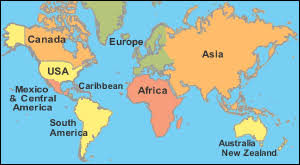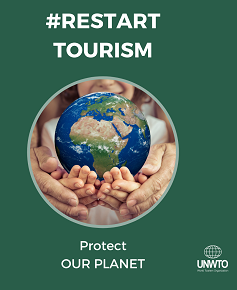Indians, Chinese spend more
Mumbai : Did you know that an Indian tourist in Australia spends Rs 3.37 lakh on average? Or that desi travellers contributed nearly $4 billion (almost Rs 20,000 crore) to the US economy in 2010? In a reflection of the changing global trend, tourists from India and China are increasingly acquiring the status of big spenders. Data on the average sums spent by a tourist per trip substantiates this pattern. In Australia and South Africa, tourists from these two Asian countries outspend those from the US and the UK.
Of all the countries that Indians travel to, it is in Australia that they spend the most per trip, followed by the US and South Africa. Data from Down Under is relevant as it is the country where the average spend/tourist is the highest, according to United Nations World Tourism Organization statistics for 2010. Average spend includes all expenses incurred on the trip like airfare, hotel tariff, food, shopping, etc.
On average, an Indian tourist spent Rs 3.37 lakh on her Australian holiday, according to data provided by Tourism Australia for the 12-month period ending September 2011. That’s Rs 1 lakh more than what an average British or American tourist spent in Australia in the same time period. The French and Italians spent more than Indians though, as their average tourist spend was Rs 3.4 lakh and Rs 3.5 lakh. The Chinese beat them with an average spending of Rs 3.9 lakh. The Saudis topped the list with each visitor spending Rs 7.4 lakh on a trip, but there were only some 11,000 of them.
In South Africa, Indian and Chinese tourists outspend those from the US, France, Germany and Canada. According to the South African Tourism annual report, 2010, the average amount spent by an Indian tourist was Rs 82,000. In comparison, the average spend/German tourist was Rs 67,000; for British tourists, it was Rs 70,000 and Rs 78,000 for American tourists. Tourists from neighbouring countries like Angola, Congo, Swaziland show higher average spending as they buy electronic goods from South Africa, said a tourism official. If the African countries are excluded, then the Chinese top the list of high spenders in South Africa with their average tourist spending Rs 1.23 lakh.
The picture alters dramatically if instead of average spend/tourist, the total spending by tourists of a specific country is considered. India is nowhere near the top. This is mainly because despite globalization and increased disposable incomes, the number of Indians travelling abroad is comparatively lower. The UNWTO ranked China at number seven in its international tourism’s top spenders list in 2005. In 2010, China climbed up to number three position as its nationals spent a staggering $55 billion abroad, a 152% jump. For the last six years, Germany has held the top slot ($78 billion), followed by the US ($75 billion). The percentage increase in spending by tourists of these two countries in 2005 as compared to 2010 was around 15-20%. On this list, Indian tourists were ranked number 25 in 2005. The latest data on India is not available.
When it comes to the beneficiaries of tourism, the US attracts top dollar with the highest international tourism receipts amounting to $134.4 billion(expenditure incurred by inbound foreign tourists on airfare, hotel tariff, food, shopping, sightseeing, etc). The US department of commerce data shows that in 2010, Canadian tourists were the biggest spenders as they forked out $20.8 billion. Indian tourists spent $4 billion and held the number nine rank (on an average an Indian tourist spent Rs 3 lakh/trip in the US). The Chinese spent a total of $5 billion and were at number seven. In 2005, Chinese tourists spent a total of only $1.5 billion in the US.
Although Indians are emerging as big spenders in foreign countries, on the flip side the trend highlights the increasing income gap in the country. India occupies only the 134th slot in the 141-nation list of the UN Development Programme’s Human Development Index. So while at first glance, the trend may appear to be one of those cliched India-China-on-the-rise stories, the real beneficiaries in this case are the advanced economies. -TNN















